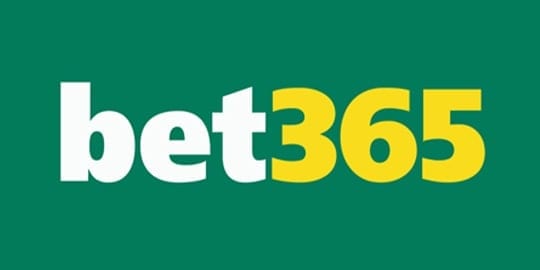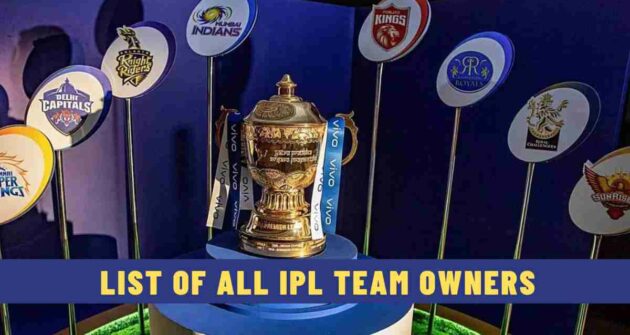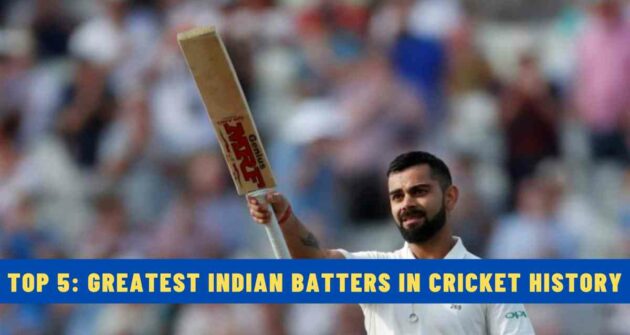Umpires play a decisive role during any cricket match. They have a huge responsibility to conduct matches in a fair manner, with no player or team taking undue advantage of the conditions.
Not only that, umpires need to be in touch with each other, count the balls, overs, and dismissals, check the weather conditions, and many other things during a match.
To help them manage everything smoothly, they are equipped with some handy devices.
So let’s look at the 5 devices used by umpires in cricket.
Table of Contents
The Counter
Let’s start with the counter, which helps umpires keep count of balls bowled, overs bowled, and wickets taken. It’s a lifesaver for umpires since a lot of action goes on during a match, and without such equipment, one can forget the count in an instant.
The counter is a small device that one can hold in a hand. It has 3 buttons, 1 each to count balls, overs, and wickets.
The umpires roll the buttons in one direction to count the balls bowled, overs bowled, and wickets taken.
Earpiece-Mic or Walkie-Talkie
Now suppose the on-field umpire wants to review the run-out appeal with the help of the third umpire. So how will they communicate with each other?
That’s when the earpiece-mic or walkie-talkie comes into the picture. Umpires either use earpiece-mic or walkie-talkie to communicate with their colleagues on the ground.
It also helps them when a player or team wants to use the Decision Review System (DRS) to review any on-field decision.
Ball Gauge
Cricket is a bat-and-ball game. But sometimes the bat does a lot of bashing, which results in the ball losing its shape.
If the ball changes its shape, then it’s not suitable to play with in the remaining match. So the umpires use a ball gauge to check the shape of the ball.
The gauge is kind of a big ring. If the ball passes through it, then the shape hasn’t changed and the ball is usable. But if it doesn’t, then the umpires replace the ball.
Now it can be difficult to determine the right shape of the ball with the naked eye, so the ball gauge comes to the rescue.
Light Meter
Cricket is one of the few sports that witness weather interruptions now and then, halting the game abruptly. This can be frustrating as a fan, but umpires have to put the safety of players above everything else.
So if it starts to get dark during a cricket match, especially a Test match, umpires stop the play until the visibility becomes normal. But how do they check it?
The on-field umpires use a light meter to check the availability of lighting on the field. If it is below a certain limit, they stop the play until the quality of lighting improves.
Protective Shield
With the batters taking aggressive mode, the risk of getting injured has risen, not just for players but the on-field umpires as well.
The bowling end umpire and square-leg umpire can come in the firing line and incur a life-threatening injury. To keep them safe from any blows, the Australian umpire Bruce Oxenford came up with a protective shield.
You must have seen him officiating international as well as domestic matches wearing a protective shield on his one hand. The shield, strapped around the forearm, is no less than a bulletproof jacket for umpires.
The shield can take heavy blows as it is made up of polycarbonate plastic. Oxenford devised the shield after his fellow Australian umpire John Ward endured a head blow in India during a Ranji Trophy match.
The protective shield can help umpires protect their bodies and heads from getting hit by a soaring fast ball.
Read Next | What is the Role of a Match Referee in Cricket?











